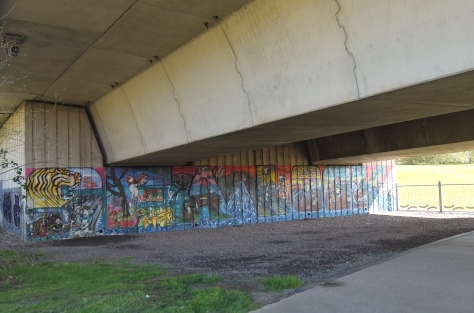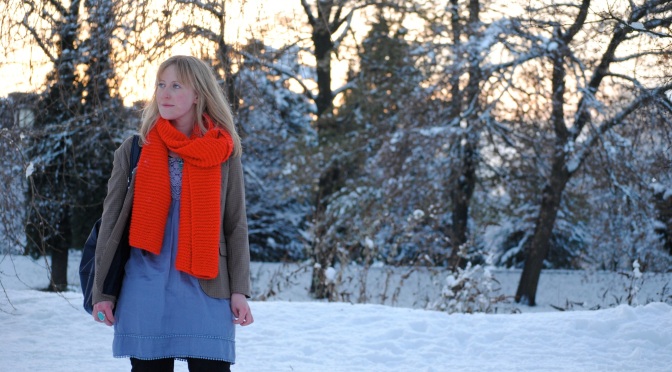Katie Hamer continues her A–Z series of Cardiff with an exploration of the Taff Trail. Here’s what she discovered…
The Taff Trail forms a pilgrimage in reverse, starting with Cardiff Bay barrage and winding upwards to its source in the Brecon Beacons. As it does so, the landscape gradually transforms from dockland to city centre to parklands and eventually to the craggy slopes that make up South Wales’ highest peaks.
This guided path which covers 55 miles of urban landscape and countryside has only been made possible by the co-operation of local councils. It’s strange to think a unified path didn’t exist until the Trail launched in 1988.
Well sign-posted, the path is easy to follow although, as I was on foot, I decided not to tackle it all in one go! So I decided to make a relatively short trip, from the Bay to Llandaff.
I started my journey by locating the Celtic Ring. Shaped like a lucky horse shoe it points upwards into the Roald Dahl Plass and marks the start of the Trail. Commissioned by the Cardiff Bay Development Corporation in 1993 its engravings are a celebration of the industrial history of Cardiff Docks. Hidden within the Ring is what looks like a key which perhaps represents to all visitors their unique freedom to roam the Trail in its entirety.
There are a couple of alternative routes from the Bay leading to the banks of the Taff. By trial and error I discovered my preferred route, which takes you south past the Techniquest building, past the Docklands and into the Cardiff Wetlands for a short while. The Cardiff Wetlands boasts a huge variety of bird life, most of which must have been hiding in shady corners on what proved to be one of the hottest days of the year so far.
As well as being a haven for wildlife, the Wetlands also have a more quirky aspect to them. I discovered this bench/bottle sculpture. This is ‘Ship in a Bottle’ by Melissa Gibbs (2004). It is just one example of how artists have made their statements upon the once industrial landscape of Wales.
I soon discovered that artists have reclaimed the industrial landscape in other ways, too. Hidden underneath the Grangetown Link is the Hamadryad Park Mural. Commissioned by the Council in 2009 the ‘graffiti’ mural is the result of a collaboration between local artists and schoolchildren. Full of vibrant colour and youthful energy it is also a celebration of Cardiff’s industrial and coastal heritage.
After the Cardiff Wetlands, The Trail winds its way past the Embankment, characterised by row after row of Victorian terraced townhouses and tree-lined avenues. While it is possible to walk/cycle/run along this stretch there is also the Water Bus, which provides an alternative form of transport from City centre to Bay.
Following the Trail, I soon arrived outside the Millennium Stadium. Here, I found an assembly of food-inspired sculptures to feast my eyes upon. Made to represent various seed pods they are the result of a collaboration between residents and local artists as commissioned by the Council in 2006. Discovering them on my Trail was a pleasant surprise. I couldn’t help noticing that on an unseasonably hot day, they lent an almost Mediterranean feel to the City.
From past the Millennium Stadium, you are in the heart of the City centre. From there, you have the choice of a walk through Bute Park, which takes you temporarily away from the banks of the Taff, or you can remain on the official path, which takes you to Sophia Gardens and the cricket grounds.
The route through Bute Park is possibly the more scenic of the two with a wealth of flowers in bloom at this time of year. I had to stop and take a photo of the above sculpture, which, as Cardiff runners will know, marks the ‘turnaround’ point of the parkrun route. I also spotted one of the elusive sculptures I’d missed while investigating the sculpture trail for B is for Bute Park last summer!
From there, the next landmark is the pedestrian bridge at Blackweir which wobbles underfoot alarmingly over rushing water!
I next encountered the A48 underpass and discovered more murals, this time in celebration of the City’s architecture through the ages.
I reached Llandaff in the early afternoon where I witnessed duck imitating speed boats and the spectre of the Cathedral spires on the landscape. I decided to make this my final destination for now, although I may return…



























































